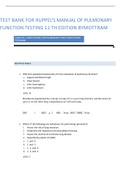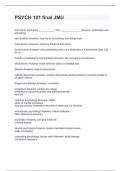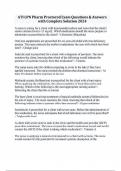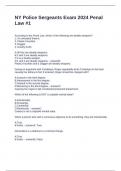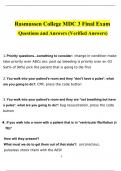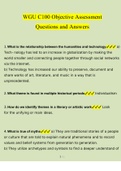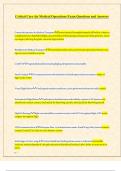Samenvatting
Summary Articles - Behaviour and Environment 3: Cognition, Attitude & Motivation
- Vak
- Instelling
Here is a summary of all articles (literature) of the course Behaviour & Environment 3. I completed this course with a 8 :) Articles: -Payne, B. K., & Cameron, C. D. (2013). Implicit social cognition and mental representation. Oxford handbook of social cognition, Oxford University Press, New Yo...
[Meer zien]




